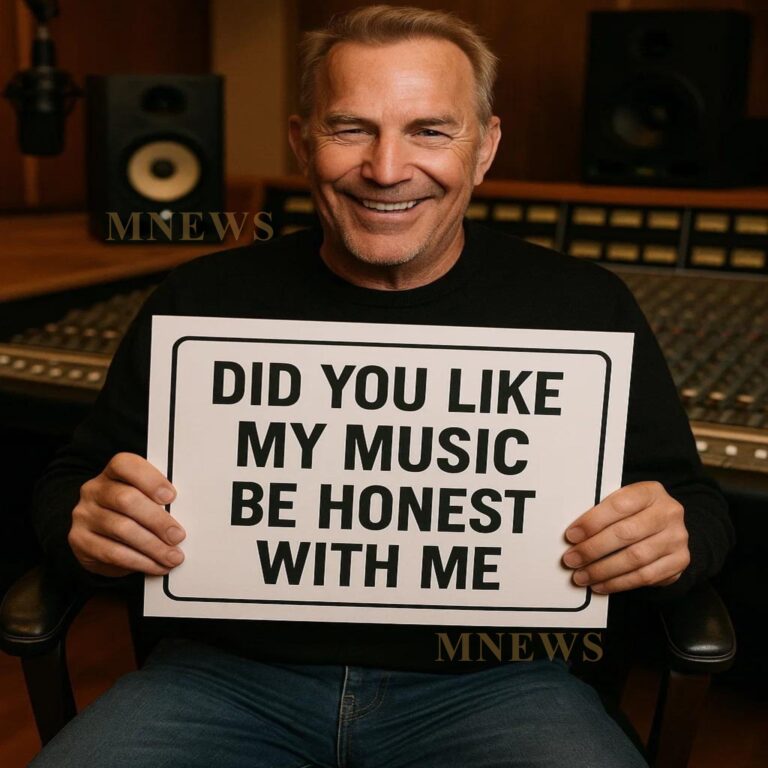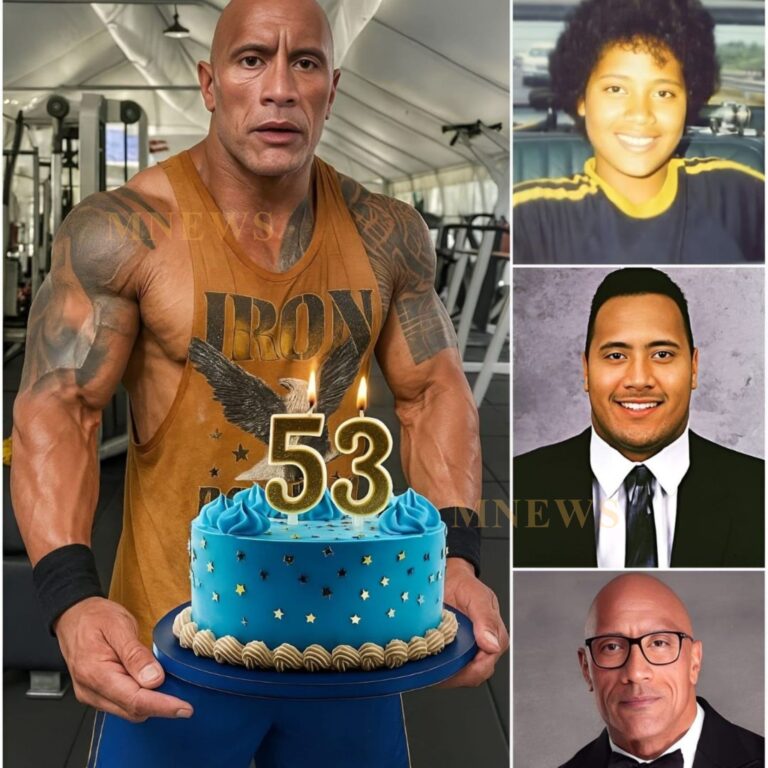For over six decades, Prince Andrew, Duke of York, occupied a carefully curated space within the British monarchy: a decorated naval officer, an international trade representative, and the son of a reigning Queen. But the veneer of royal prestige shattered dramatically over the past decade as Andrew became engulfed in one of the most consequential scandals ever to confront the modern British Crown. This is the complete story—how one man’s connections, decisions, missteps, and public miscalculations forced Buckingham Palace into a crisis unprecedented in scope and intensity.

THE BEGINNING OF A ROYAL UNRAVELING
The origins of the scandal trace back to the early 2000s, when Prince Andrew first developed a friendship with American financier Jeffrey Epstein. At the time, Epstein moved seamlessly among global elites, and the Duke’s association with him drew modest curiosity—but little public concern. That changed dramatically after Epstein’s 2008 conviction for sex offenses involving a minor.
Even then, Andrew maintained the friendship—a decision that would haunt him, the monarchy, and the country he represented. Epstein’s subsequent re-arrest in 2019 and the global attention surrounding his connections to powerful men turned Andrew’s association into a public flashpoint. In the world of international media scrutiny, the Duke had unwittingly stepped into the center of a storm that was only beginning to build.
THE PHOTOGRAPH THAT SHOCKED THE WORLD
The scandal escalated sharply when a now-infamous photograph emerged showing Prince Andrew with Virginia Giuffre, taken in London in 2001. Giuffre alleged she had been trafficked by Epstein and forced into encounters with powerful men—including the Duke. Andrew consistently denied any wrongdoing and stated that he had no memory of ever meeting her, despite the photo.
This single image became a defining symbol of the case, scrutinized by journalists, forensic experts, and the global public. Analysts called it “one of the most consequential photographs in modern royal history,” as its existence contradicted Andrew’s repeated assertions of unfamiliarity. For Buckingham Palace, the picture represented not merely a PR crisis but a direct blow to the monarchy’s credibility in the age of transparency.
THE BBC INTERVIEW THAT CHANGED EVERYTHING
On November 16, 2019, the Duke of York sat down with BBC journalist Emily Maitlis for what was intended to be a clarifying interview. Instead, it became one of the most widely criticized press appearances ever conducted by a member of the royal family.
During the hour-long exchange, Andrew offered explanations that astonished viewers and experts alike. His remarks—particularly the now-infamous “Pizza Express in Woking” alibi and his statement that he did not regret his association with Epstein—were met with shock, disbelief, and immediate public backlash.
Media outlets across the world described the interview as “catastrophic,” “astonishingly tone-deaf,” and “a masterclass in self-destruction.” Within the palace, insiders spoke of panic, emergency meetings, and “a level of crisis management unseen in decades.”
Four days later, the Duke announced he would step back from royal duties indefinitely.

LEGAL PRESSURE AND THE COLLAPSE OF A PUBLIC ROLE
Though the BBC interview marked the public turning point, the legal stakes continued to rise behind the scenes. In 2021, Virginia Giuffre filed a civil lawsuit in the United States, alleging sexual assault. Andrew denied the allegations, but the case placed him dangerously close to a court trial that would have forced unprecedented testimony from a senior royal.
Buckingham Palace, facing global scrutiny and mounting political pressure, took swift action. In January 2022, Andrew was stripped of his military titles and royal patronages. He would no longer use the style “His Royal Highness” in any official capacity. Royal commentators described the move as “historic” and “the harshest disciplinary measure imposed on a modern British prince.”
In February 2022, the lawsuit was settled out of court with no admission of liability from Andrew, closing the legal chapter but not the public one. The damage—political, personal, and institutional—was irreversible.
LIFE IN EXILE: A PRINCE WITHOUT A ROLE
Since withdrawing from public duties, Prince Andrew has lived largely at Royal Lodge in Windsor, rarely appearing in public. Attempts by the Duke to signal a desire for rehabilitation have been met with firm resistance from palace advisors, government officials, veterans’ organizations, and the public.
Polls consistently show that Andrew is among the least popular figures in modern royal history. Senior palace sources have repeatedly indicated that a return to official duties is “not possible,” “not appropriate,” and “not under consideration.” For the monarchy, the challenge lies in balancing personal loyalty with p






